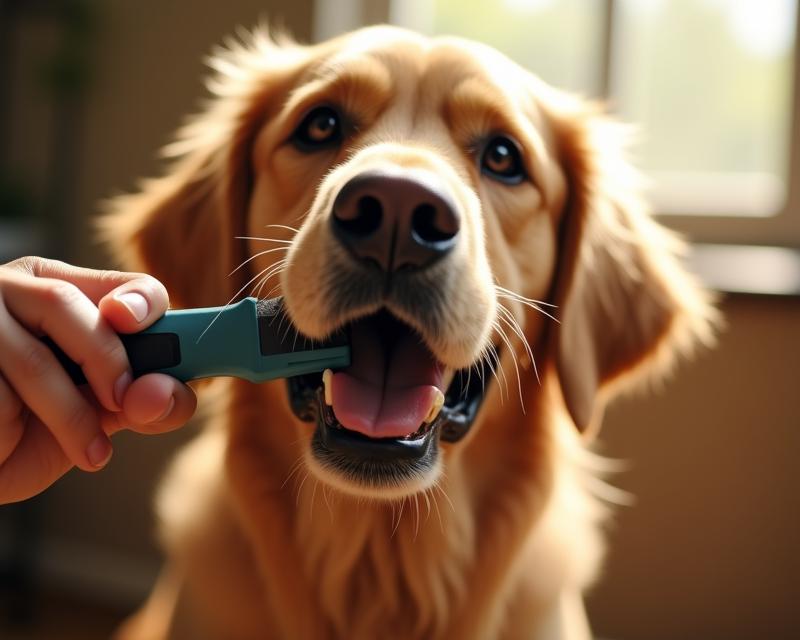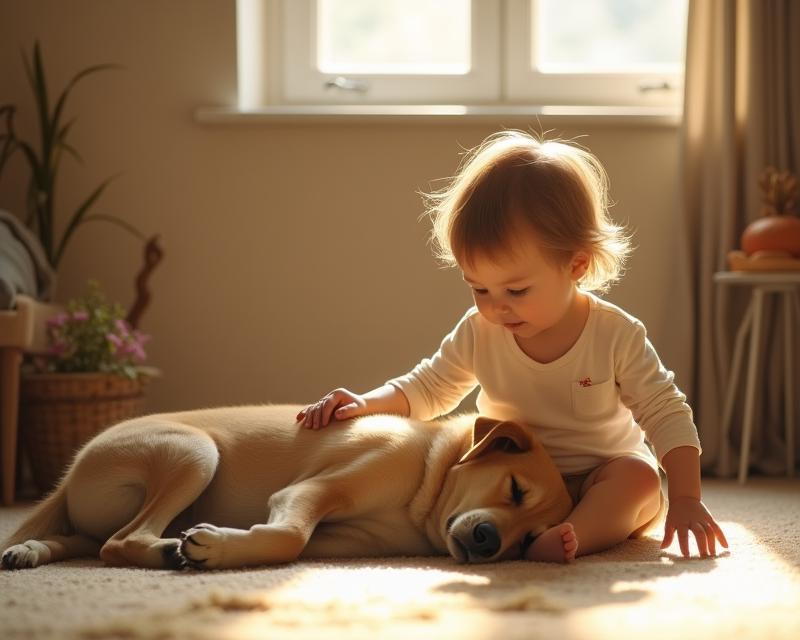Shedding Solutions: Less Fur, More Fun!
Publish in General Care el 28/06/2025 22:58
Managing Shedding: Tools and Techniques for Less Fur Around the House
Ah, pets! They bring so much joy, cuddles, and unconditional love into our lives. But let's be honest, they also bring… fur. Lots and lots of fur! Shedding is a natural process for most animals, but it can feel overwhelming when it's constantly coating your furniture, clothes, and everything in between. Don't worry, you're not alone! Here's a guide to managing shedding and keeping your home (and yourself!) fur-free-ish.

Understanding Why Pets Shed
Before diving into solutions, it's helpful to understand why pets shed. Shedding is usually a normal part of a pet's life cycle. It helps them regulate their body temperature and replace old, damaged fur with new growth. The amount of shedding can vary depending on the breed, age, health, and even the season! Long-haired breeds, like Persians or Huskies, tend to shed more than short-haired breeds, like Dobermans or Boxers. Changes in diet or stress can also increase shedding.
Tools of the Trade: Grooming is Key!
Regular grooming is your best defense against a furry house. The type of grooming you need depends on your pet's coat. For short-haired pets, a good brushing once or twice a week can make a big difference. For long-haired pets, daily brushing is often necessary to prevent mats and tangles, which can lead to increased shedding. Consider investing in a good quality deshedding tool! These tools, like the Furminator, are designed to remove loose undercoat fur without harming the topcoat. Be gentle when using these tools and follow the manufacturer's instructions carefully.
Beyond Brushing: Other Helpful Techniques
Brushing is important, but it's not the only solution. Regular bathing can also help loosen dead fur. However, don't over-bathe your pet, as this can dry out their skin and lead to other problems. Aim for bathing every few months, or as needed. Also, consider using a humidifier in your home, especially during dry seasons. This can help keep your pet's skin hydrated and reduce shedding. Finally, a good vacuum cleaner with strong suction is an absolute must for any pet owner! Robot vacuums can be a lifesaver for keeping up with daily fur accumulation.
Diet and Health: Inside-Out Solutions
Sometimes, excessive shedding can be a sign of an underlying health issue. A balanced diet rich in omega-3 and omega-6 fatty acids can promote healthy skin and coat, reducing shedding. Talk to your veterinarian about adding supplements or changing your pet's food if you suspect a dietary deficiency. Other health problems, such as allergies, parasites, or hormonal imbalances, can also contribute to excessive shedding. If you notice a sudden increase in shedding or other skin problems, it's always best to consult with your vet to rule out any medical concerns. With a little effort and the right tools, you can manage shedding and enjoy a cleaner, happier home with your furry friend!





